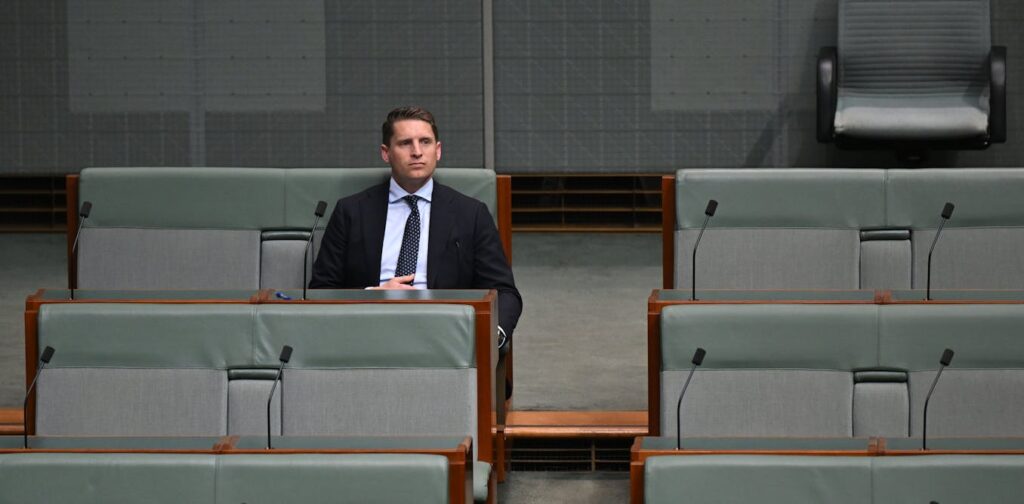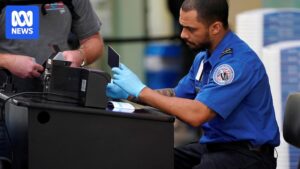
As federal parliament commenced its final sitting week for 2025, supporters of Sussan Ley were cautiously optimistic about her fragile leadership enduring into the next year. Despite the absence of any immediate challenge during the last Liberal Party meeting of the year, the political landscape remains precarious.
Sunday’s Newspoll painted a challenging picture for Ley, with Labor leading 58-42 in the two-party preferred vote, and the Coalition languishing at 24%. Yet, the poll also provides insights into why Ley might survive the year and the hurdles she faces ahead.
When respondents were asked about their preferred opposition leader, Ley garnered 21% support, Andrew Hastie 15%, Angus Taylor 9%, Tim Wilson 6%, and Ted O’Brien, the deputy, only 3%. Notably, a significant 46% of voters remained undecided.
Leadership Dynamics and Media Strategy
The poll highlights the importance of media presence in political leadership. Ley’s strategy has involved maximizing her media exposure, with over 40 appearances last week alone following the Coalition’s contentious decision to abandon net zero targets. Her relentless media engagement has kept her in the public eye, albeit with occasional missteps.
In contrast, Andrew Hastie has also maintained a high profile, leveraging his actions and social media presence to draw attention to his leadership ambitions. Meanwhile, Angus Taylor, once considered a main contender, has opted for a quieter approach, which he may now be reconsidering in light of the Newspoll results.
The Challenge of the Undecided Voter
The substantial 46% of voters without a clear preference for opposition leader presents a significant challenge for Ley and her rivals. Within the political circles of Canberra, there is skepticism about Ley’s long-term prospects. To prolong her leadership, she must positively engage this undecided demographic and maintain a lead over her closest competitors.
Andrew Hastie’s Vision for the Liberal Party
Hastie, described by journalist Niki Savva in her book Earthquake, released on Monday, has articulated a vision to restore the “Menzian big tent” and energize younger voters. Savva quotes Hastie:
“We are very old as a party,” he said, referring to the Liberals’ current membership and warned that, without change, “we should expect to become extinct at some point.”
Hastie aims to halt the drift of Liberals to One Nation and address the fragmentation of the right in Australia, drawing parallels to global trends influenced by Trumpism. His strategy involves crafting a philosophy and agenda that resonates with Australia’s culturally, socially, and politically diverse mainstream.
Strategic Directions and Future Prospects
To achieve his goals, Hastie must avoid engaging in culture wars and focus on restoring the Liberals’ credibility in tax and economic management, along with developing a viable emissions reduction plan. Savva notes,
“Hastie has the potential to be a serious contender in a campaign contest, but only if he moves closer to the centre.”
Bringing back a Menzian “big tent” and appealing to younger voters is an ambitious endeavor. Hastie’s plan involves first securing votes from the right and then crafting an agenda for the “mainstream,” a politically nebulous concept.
Despite undergoing shoulder surgery last week, Hastie is expected to attend Tuesday’s party meeting, where his colleagues will be keenly observing his next moves. As a former SAS commander, Hastie is viewed by some as the next significant figure in the Liberal Party.
As the political year draws to a close, the dynamics within the Liberal Party remain fluid, with leadership ambitions and strategic visions shaping the path forward. The coming months will be crucial in determining whether Ley can consolidate her position or if Hastie’s vision will gain traction among party members and voters alike.







